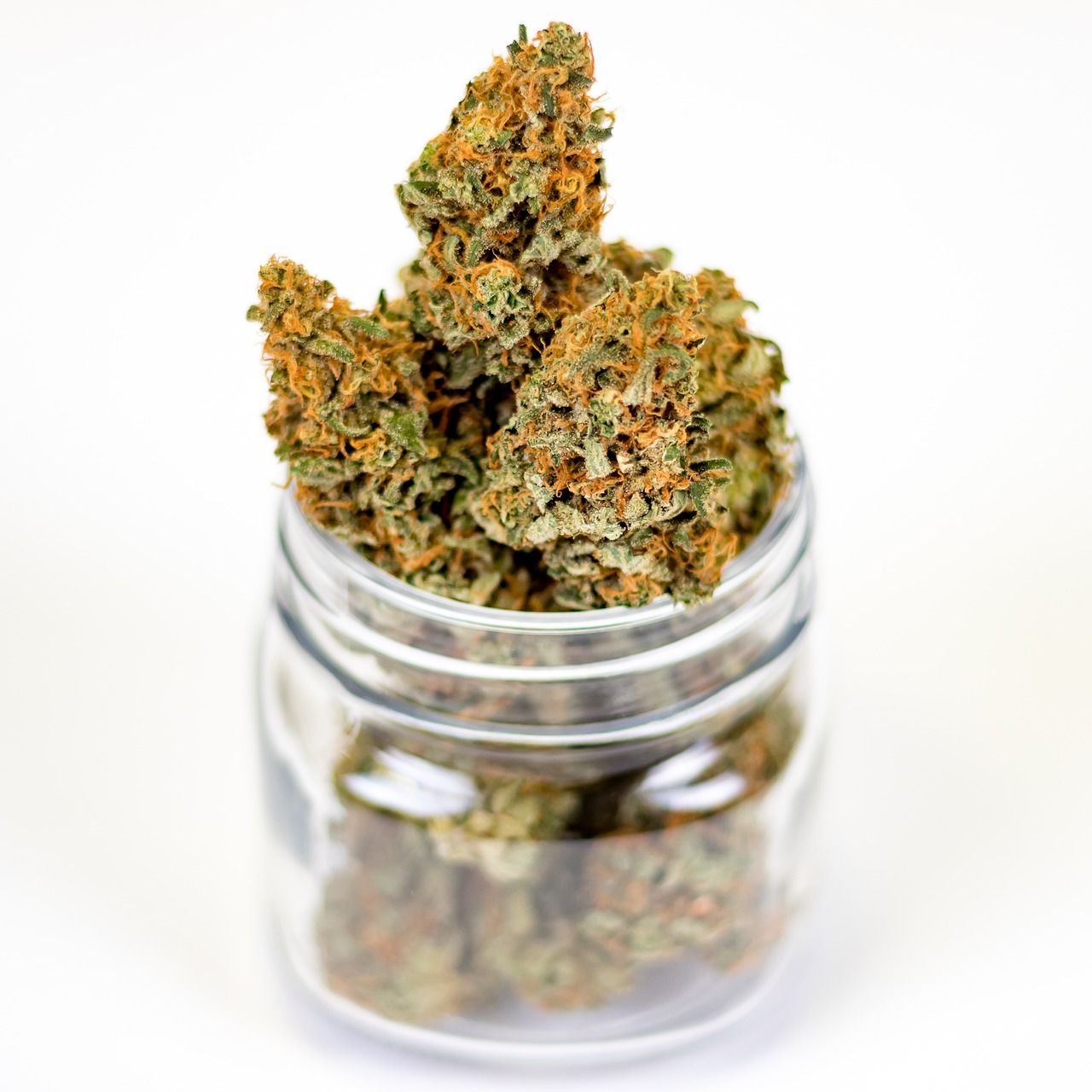The cannabis plant may look simple when it’s sitting neatly inside a jar at a dispensary, but behind every eighth of flower or package of gummies lies a carefully managed journey. From the first sprout of a seed to the final scan at the register, cannabis moves through a complex supply chain that balances agriculture, science, logistics, and strict compliance.
Cultivation: Where It All Begins
Cannabis starts its life in controlled cultivation facilities or outdoor farms. Indoor grows mimic the natural environment with high-tech lighting, climate controls, and irrigation systems, while outdoor grows rely on sunlight and soil. Cultivators carefully select genetics, choosing strains based on cannabinoid profiles, terpene expression, yield, and market demand.
The growth cycle is typically split into two main stages: vegetative and flowering. During the vegetative stage, plants focus on size and strength, building healthy roots and lush foliage. The flowering stage brings the magic—buds rich in cannabinoids like THC and CBD begin to develop, and the grow becomes a fragrant sea of trichomes. Cultivators monitor every detail, from nutrient balance to humidity, because even small mistakes can affect potency and quality.
Harvest and Processing: Preparing the Plant
When the plants are ready, cultivators harvest by cutting branches or whole plants. Timing is critical: harvesting too early or too late can reduce potency or alter flavor. After cutting, cannabis is dried and cured to preserve terpenes, improve taste, and prevent mold.
Once dried, the buds are trimmed. Hand-trimmed flower often appears on premium shelves, while machine-trimmed flower may be directed toward pre-rolls or extraction. Everything is then tested for weight, moisture, potency, and contaminants before moving forward.
Extraction: Unlocking More Possibilities
Not all cannabis ends up as smokable flower. Many products on dispensary shelves—like vape oils, edibles, and topicals—come from cannabis extracts. Using methods like CO₂ extraction, hydrocarbon extraction, or rosin pressing, manufacturers separate cannabinoids and terpenes from the plant material. These concentrated oils become the building blocks for a wide range of products.
For example, distillate can be infused into gummies or chocolates, while live resin might be used in vape cartridges for a more flavorful, terpene-rich experience. Each product goes through multiple steps of refinement to ensure consistency and safety before reaching consumers.
Testing and Compliance: The Gatekeepers
Before cannabis can move forward, it must be tested by a licensed third-party lab. Testing checks potency (how much THC, CBD, or other cannabinoids are present), terpene profiles, and ensures products are free from pesticides, heavy metals, mold, and other contaminants.
Compliance is strict. Every step is tracked in a state-mandated system like METRC or BioTrack. From seed to sale, every gram of cannabis has a digital paper trail. This ensures accountability and helps regulators maintain oversight of the legal market.
Packaging and Distribution: Getting Shelf-Ready
After testing, cannabis products are packaged according to state regulations. This means child-resistant containers, proper labeling, THC warnings, and batch numbers. Packaging isn’t just about compliance—it’s also marketing. Brands compete for attention on crowded dispensary shelves, often investing heavily in design and branding.
Once packaged, products are transferred to licensed distributors. In some states, cultivators can distribute their own products, but in others, independent distributors handle transportation. Cannabis is moved in secure, tracked vehicles, often with specific requirements for routes, manifests, and delivery times.
Retail: Where Consumers Meet the Plant
Finally, cannabis reaches dispensaries—the point where months of work meet the customer. Retail staff, often called budtenders, serve as the bridge between products and consumers. They explain strain differences, product effects, dosage, and consumption methods.
For consumers, the experience may feel as simple as browsing, asking questions, and making a purchase. Behind the scenes, dispensaries handle inventory audits, regulatory reporting, and strict storage requirements. Every sale is logged into state tracking systems, ensuring compliance down to the last gram.
A Supply Chain Like No Other
The cannabis supply chain is unlike any other consumer product. It combines elements of agriculture, pharmaceuticals, retail, and logistics, all under the scrutiny of some of the strictest regulations in the world. What starts as a tiny seed eventually becomes a carefully managed, highly regulated product sitting in a dispensary display case.
For consumers, that jar of flower or infused beverage represents more than just a product—it’s the final step of a long and fascinating journey. Understanding this process not only deepens appreciation for cannabis but also highlights the complexity and professionalism of the modern cannabis industry.

